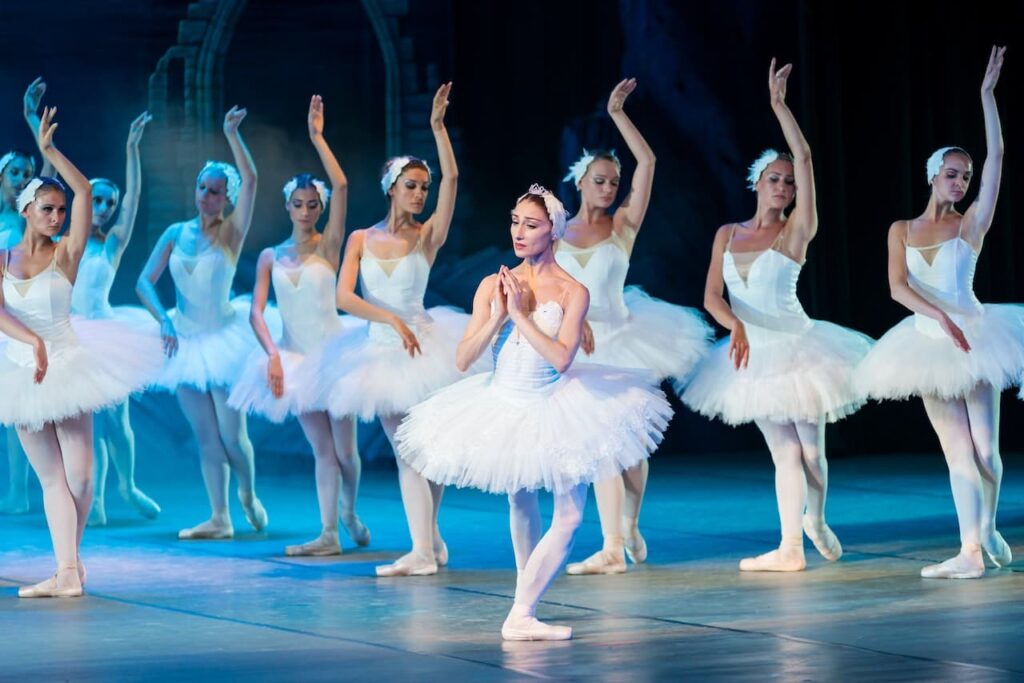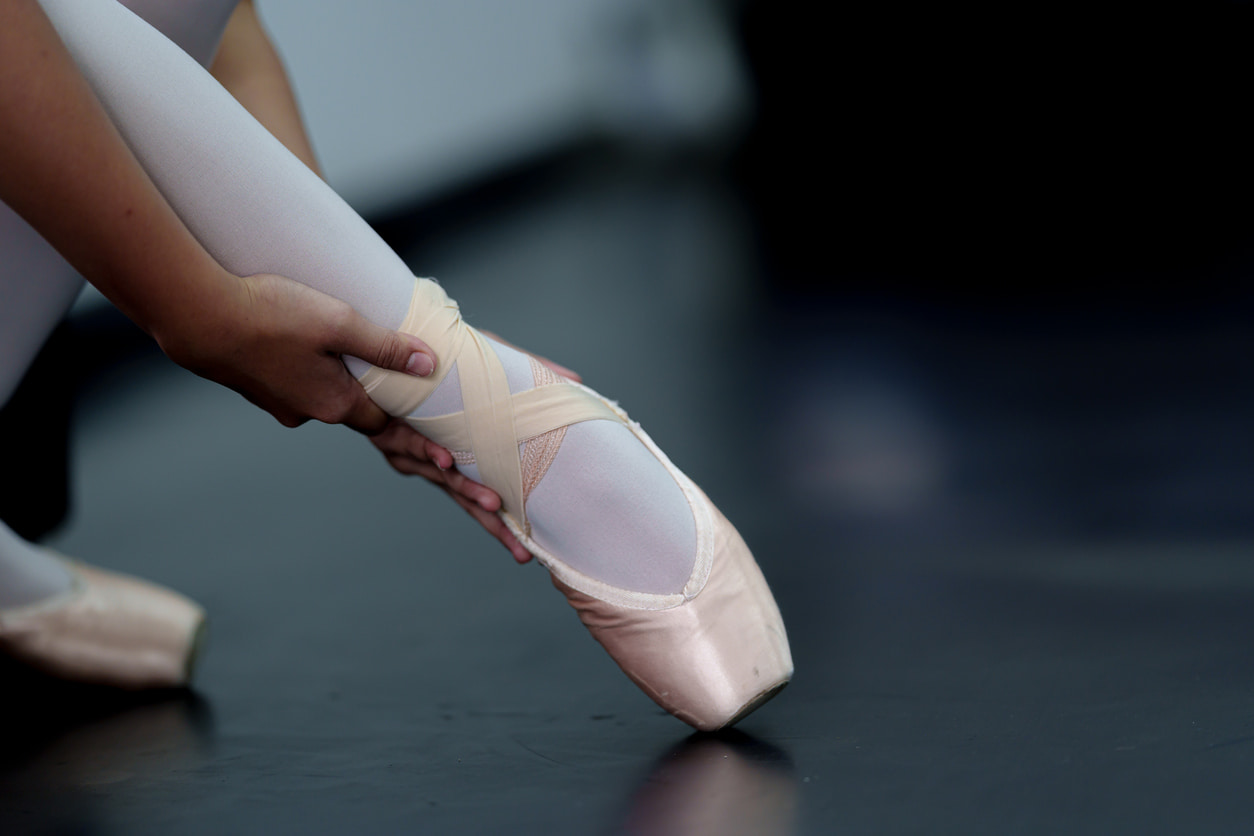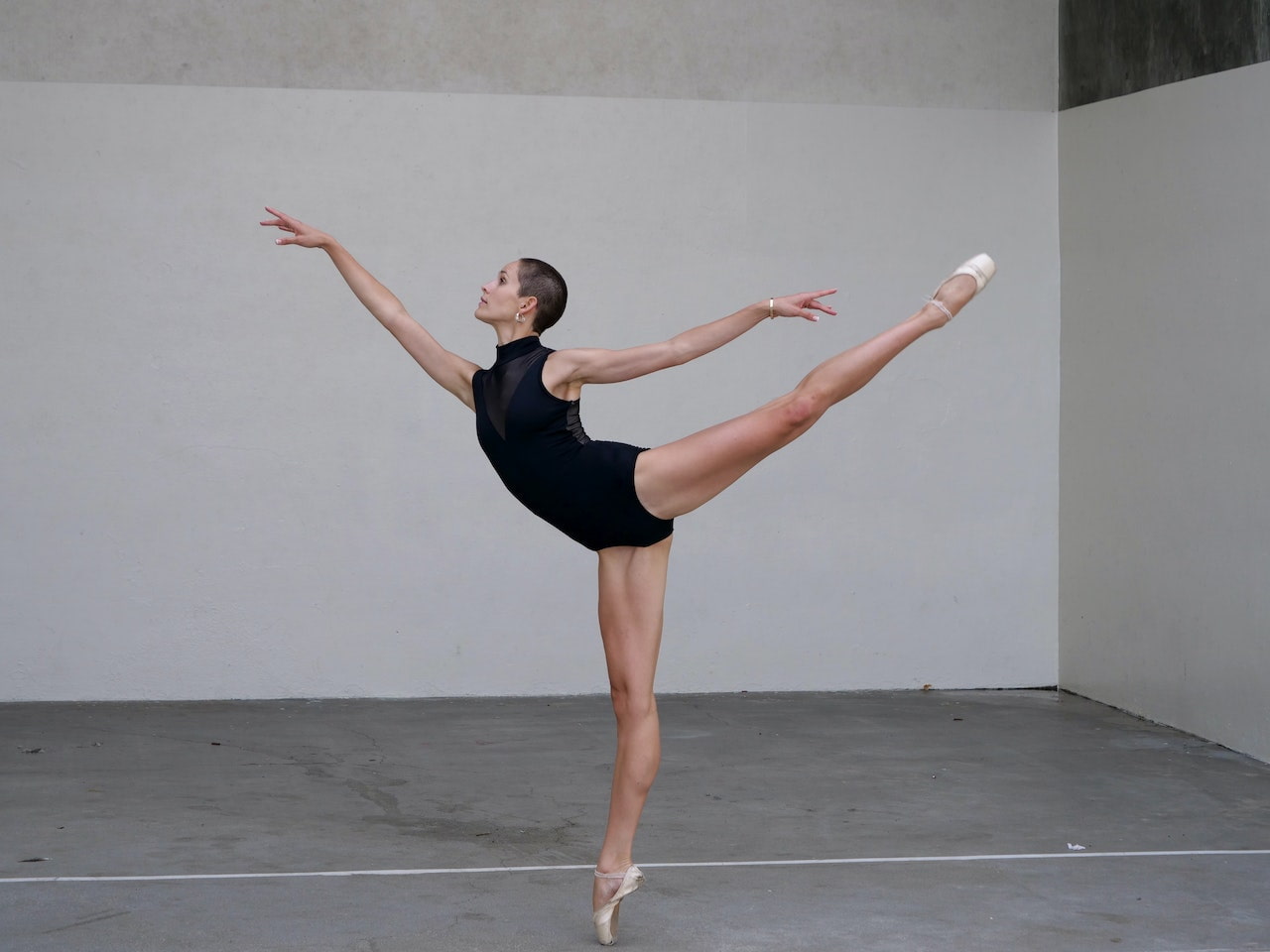
Summary
Welcome » Welcome » Guide to dance types » Classical dance: learn to dance the timeless art
Classical dance: learn to dance the timeless art
Classical dance is basement of all the dances that require techniques And movements gracious And complicated to achieve. We could say that it is a sport for lovers of perfectionism! For ordinary people, it is a rigid discipline and impractical as an adult beginner. Whatever your age, classical dance is accessible to you. To give you a taste for this sport, discover its historical and his basic postures.
Summary
History of classical dance
What would classical dance be without its history? Seen as a luxurious dance, it attracts all of Europe from the beginning of the Italian Renaissance until today. It is an art with delicate and calculated movements. Far too beautiful to be reserved only for the elite, this dance will transform into a spectacle then evolve into other forms.
The beginnings
The history of classical dance dates back to Italian Renaissance. The action of dancing was not yet present but the primitive dance steps were carried out at the Italian court in the 15th century. Classical dance was quickly exported to European monarchies. This dance was very popular since it was imperative that the nobles know move with elegance.
THE Italian weddings began to make classical dance known. The dancers' mission was to distract the guests. This was called court ballet. We can say that it was a success since the members of royal families strongly supported the project. Classical dance seduced Catherine de Medici. The ballet is then presented at the court of the King of France. The mixture of words, songs, sets and costumes become a luxury show. Unfortunately, classical dance is struggling to develop.
It is under the reign of Louis XIV that the classical dance evolves. The Sun King makes it an art in its own right. In 1661 he created theRoyal Academy of Dance then the Royal Academy of Music in 1669. Today, it appears under the name of the Paris National Opera Ballet. From this time will be born the 5 basic postures under the leadership of master dancer Pierre Beauchamp.
The new era of classical dance
Parisians began to tire of the classical dance present in France in the 19th century. They are interested in the classic dance made in Russia and in particular to two choreographers: Adolphe Adam, known for having participated in the ballet “Le corsaire”. Marius Petipa. The latter founded iconic ballets as “Swan Lake" ; "Don Quixote" ; “The Nutcracker”, “The Bayadère” Or “The Sleeping Beauty". This is the beginning ofemergence of the narrative ballets and some virtuoso technique with classical music in the background.
At the beginning of the 20th century, a show organizer, Serge Diaghilev founded a company Who revolutionizes THE ballet : Russian Ballets. For this company, he brings together talented choreographers, artists and composers like Igor Stravinsky.
Finally, over the course of the 20th century, classical dance gradually became contemporary. Choreographers such as Rudolf Nureyev bring unique styles and of new perspectives at the ballet. Of the expressive techniques and more free emerging. Classical dance is gradually integrating into contemporary dance.
Basic figures in classical dance
As you can imagine, in classical dance, there are several fundamental figures For develop your technical And acquire there mastery of this art. Here are some that are commonly taught:
First position
The heels should be together, the feet forming a “v” and the toes spread to the sides. Then stick and straighten your legs. Then, round your arms at the level of the navel slightly forward.
Second position
In this position, your feet are equidistant and shoulder-width apart. Then turn your toes outwards with your legs straight. Then, open your arms out to the sides forming an arc.
Third position
Here one foot is placed in front of the other, the heel should touch the middle of the foot which has not been moved. On this your heels are aligned. In the process, slightly spread your toes of the foot forward to the side. Finally, place your arms in a rounded shape in front.
Fourth position
For this one, one foot is in front of the other, the heel a foot-length distance behind. Next, point your toes on the highlighted foot forward while your toes on the other foot point to the side. Finish with your arms rounded in front.
Fifth position
This pose involves having one foot forward with the heel touching the toes of the back foot. Your heels are aligned. Next, point your toes of the front foot forward while the back foot points to the side. Finish with rounded arms.
Basic movements in classical dance
This area is full of movements basic knowledge to know in order to carry out the choreographies. To help you, here is a list of movements important :
- Plaice : This movement consists of bending your knees while keeping your back straight. There are variations like the demi-plié and the full parfait.
- Not drunk : It is a lateral or circular movement that results in a sequence of small, rapid steps taken to change direction.
- Statement : Raise the tiptoes using the muscles of the feet and legs.
- Tense beat : Your leg is extended forward, backward or to the side, touching the ground with the tip of your foot.
- Clear beat : The movement is based on the principle of tense kicking except that the foot is a few centimeters from the ground.
- Beat developed : First the leg is stretched then raised while rotating to respect a given height.
- No cat : The legs bend in the air similar to the movements of the cat.
- Pirouette : This is a turn on one leg while the other foot is placed at knee or ankle level with the leg bent outwards to form a rotation.
- Arabesque : One leg is extended behind your body while your torso leans forward to create a line.
- Jumped up : This is a jump where you propel yourself through the air by pushing powerfully against the ground. When you land, your bent legs absorb the shock.
Ballet forms
Ballet is an art that combines grace And technicality associated with the musicality. Furthermore, this form of dance comes in several forms, each with its own specificity and aesthetic. We distinguish 5.
Classical ballet
Classical ballet is the best known form. It is a ballet which is characterized by a rigorous technique, of the refined movements and complex postures. It is a discipline that requires mastery of sport and body. Indeed, it includes movements that are difficult to perform without training, such as pirouettes and jumps. It is an art form dedicated to being presented in spectacle by replaying works like Romeo and Juliet.
The romantic ballet
The romantic ballet dates back to the 19th century thanks to the work The sylph. The dance becomes more Aerial And elaborate with some movements more and more accurate. Moreover, the romantic style popularized the use of spikes. The romantic ballet aims to transcribe emotions strong and fantastic stories featuring mythical characters, tragic loves and even supernatural spirits.
Neoclassical ballet
Appearing in the 20th century, it is a fusion of traditional ballet with contemporary elements. It is distinguished by a classic base to which we added free movements And expressive in order to challenge traditional conventions.
Contemporary ballet
Contemporary ballet is part of the era of time and aims to experimental And innovative. It is in fact a freedom of movement exploring a new choreographic field who merges with other dance styles. In fact, you can find there jazz dance elements, of modern dance and of contemporary dance. Contemporary ballet gives rise to a unique aesthetic And unconventional.
The narrative ballet
As you might expect, the narrative ballet tells a history. Like a novel, it depicts characters, a plot and an narrative progression For absorb the audience. Moreover, narrative ballet can be done in contemporary, romantic, classical or neo-classical form. It aims to offer a theatrical performance to the public.
Where to practice classical dance?
You can perfectly practice classical dance in specialized schools which offer courses for children, adolescents and adults. These are schools you can trust since they are usually run by experienced people with a organized program and competent teachers which will help you to develop your SKILLS And artistic techniques. Furthermore, you can also turn to ballet companies. Some offer classes for dancers of all levels. These two solutions are ideal if you want to pursue a career as a prima ballerina or dancer.
In another register, the independent cultural centers and dance studios are open to dance classes for all ages and levels. These are places whereatmosphere East relaxed And warm, perfect for those who practice dance like leisure.
You can try the university programs. There are classical dance departments for students wishing to pursue higher education in dance. These are programs that offer in-depth training in theory, choreography and tclassic technique.
Finally, there is one last possibility: online course. You can take a look at educational platforms offering “tutorial” type videos or live classes to allow you to learn from home.
Outfits adapted to the discipline
Classical dance has its own dress codes to allow the dancer freedom of movement and to highlight posture.
For classical dance classes, it is essential to have a leotard. It is the central piece that allows you to open your shoulders, torso and legs. Then, plan tights. Then you need spikes, these are special slippers so you can dance on tiptoe or half tiptoe.

What you must remember
We have seen that classical dance has crossed the ages, from the Italian Renaissance to today. It remains the most popular dance known in the world. Highly appreciated by the royal families of the time, she was seen as a luxury show. She ends up democratize under the Sun King which opens theRoyal Academy of Dance in 1661 where the 5 basic postures. Unfortunately, a weariness is creating in France, which is why they are interested in narrative ballets from Russia who re-stage classic works like Don Quixote. Finally, in the 20th century classical dance was inspired by modern dance and invented movements expressive And free.
Ballet postures and forms
It exists 5 basic postures in classical dance, here are the easy movements you can learn:
- Tense beat
- Folded
- Clear beat
- Jumped up
- Beat developed
- No cats
- Arabesque
- Not drunk
- Statement
- Pirouette
Furthermore, you can practice classical dance under 5 different shapes :
- Classic
- Neoclassical
- Romantic
- Contemporary
- Narrative
Dance locations and equipment
You have the opportunity to practice classical dance in 5 different locations, it's up to you to choose the one that suits you best:
- Cultural center and dance studio
- Dance schools
- Ballet company
- University program
- Online course
In terms of equipment, you only need one leotard, of the tights and spikes to begin.
Be free to move around at DECIBEL ®
Have you never practiced classical dance before? You are in the right place. DECIBEL® is here to teach you how to dance!
No longer worry about the eyes of others and enjoy a captivating experience And immersive with some 45 minute sessions dedicated to the dance and at workout.
DECIBEL® offers you work your cardio, of strengthen your abs, your glutes and your hamstring muscles on the rhythmic choreographies with coaches who listen to your needs.
Learn your moves on exceptional playlists from Drake to Beyoncé.
This is the perfect opportunity to start dancing.
Read also
follow us
on instagram
Follow our news,
take advantage of our tutorials and participate to our
contests!
BREAKING NEWS!
Receive our newsletter.







